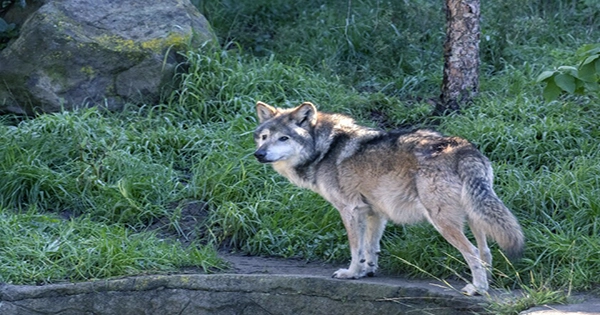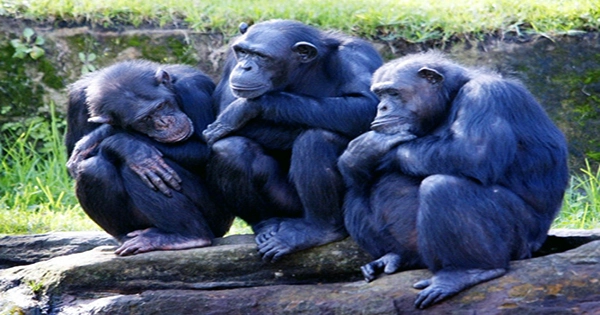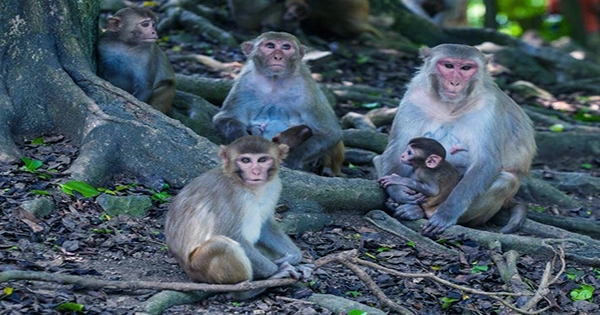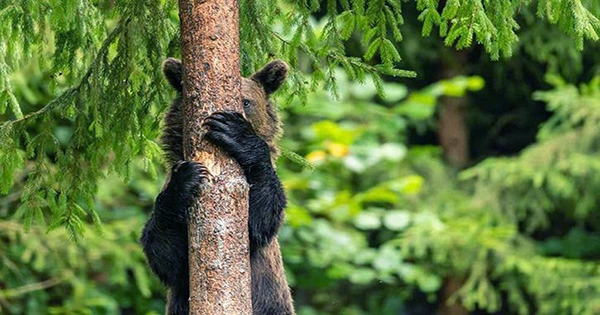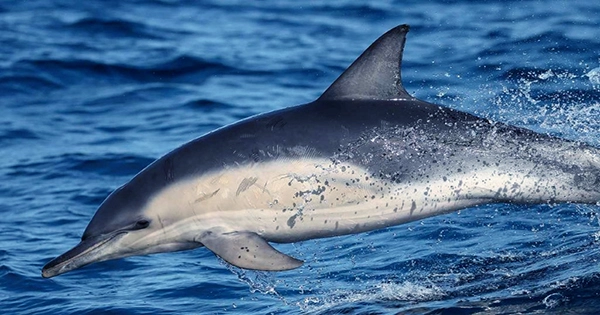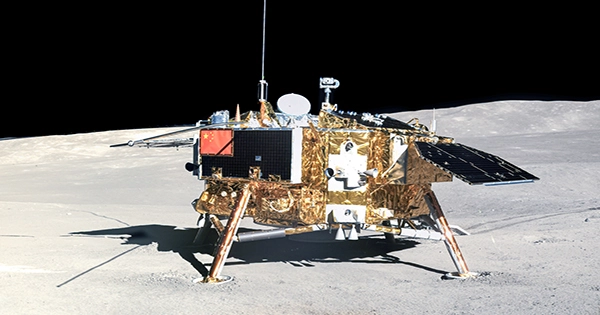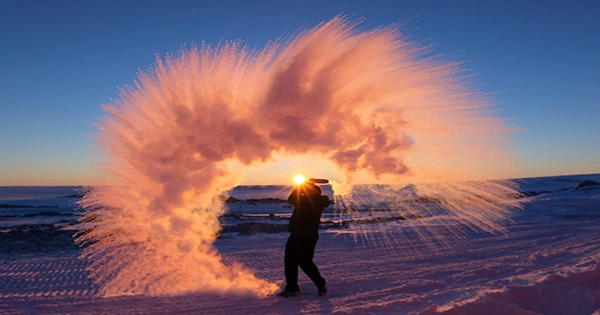Mr. Goodbar of eastern Arizona abandoned his house and traveled south late last year. He was on the lookout for a mate and wanted to find her in Mexico. The only issue was a 9-meter (30-foot) high wall of enormous steel beams that stood on the boundary between the two countries. He gave up after five days of fruitless seeking for a way across the wall and returned home.
Mr Goodbar, a critically endangered lobo, or Mexican gray wolf, is one of several wild animals impacted by the Trump administration’s expansion of the US-Mexico border wall. Experts warned that the plans threatened upwards of 100 endangered species even before construction began on the controversial project, with Noah Greenwald, endangered species director at the Arizona-based Center for Biological Diversity (CBD), calling the wall “a disaster for people and wildlife alike,” saying it “could drive magnificent species like the jaguar and ocelot to extinction in the United States.”
Now it appears that those forecasts realized in real time. According to biologist John Linnell of National Geographic, the capacity to freely move between the United States and Mexico is “crucial to [the] long-term genetic viability” of wide-ranging animals like the lobo. The species had been reduced to just seven known individuals in 1977, all of whom lived in Northern Mexico – the creatures had been hunted, trapped, and poisoned out of existence in the United States by the 1930s. The population is currently about 200, thanks to captive breeding operations, but the species’ genetic diversity is still dangerously low, making Mr Goodbar’s journey “and very crucial data point,” according to researcher Myles Traphagen.
He told National Geographic that the border wall is jeopardizing the recovery of an endangered animal. “Think about all the other animals [it affects] and the daily occurrences that go on behind our backs that we aren’t aware of.” Sonoran pronghorns, jaguars, bears, ocelots, and even bald eagles are among the other animals on the list. Under normal circumstances, a project that threatened at-risk species like these would be illegal under the Endangered Species Act, but the border wall was exempt from all environmental rules according to a 2017 move by the Department of Homeland Security (DHS).
While President Biden stated at his inauguration last year “no more American taxpayer monies will be diverted to construct a border wall,” there has been little information about the new administration’s plans to address the project’s ecological and environmental implications.
Last year, the DHS directed US Customs and Border Protection to “begin environmental planning and actions consistent with the National Environmental Policy Act (NEPA) for previously planned border barrier system projects,” canceling 121 kilometers (75 miles) of planned border wall construction in Texas. The Department of Homeland Security, on the other hand, has secretly announced additional building projects across the states where the wall is located, aiming at “[covering] tiny gaps” and “remediating incomplete gates.”
Meanwhile, the deserts of Arizona, New Mexico, and California littered with an estimated $500 million worth of steel that shipped but never utilized to construct the wall — half-completed construction projects that environmentalists fear could have “devastating repercussions.” While the US Fish and Wildlife Service claims that the border wall will have no impact on the lobos’ recovery, National Geographic points out that the calculations that led to that decision completed before the Trump administration began construction.
With Mr. Goodbar’s quest for love postponed this year, CBD wolf advocate Michael Robinson says we are witnessing actual evidence that the border wall is affecting local wildlife mobility and survival. Robinson told National Geographic, “I wasn’t surprised that happened because we predicted it.” “However, I was disappointed.”
